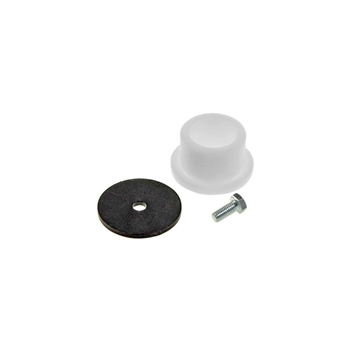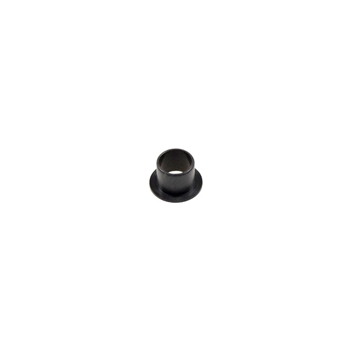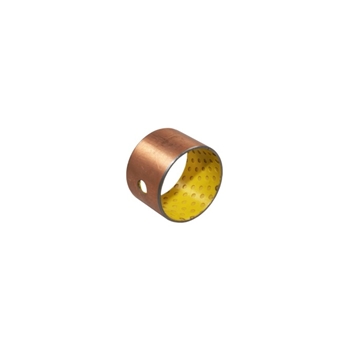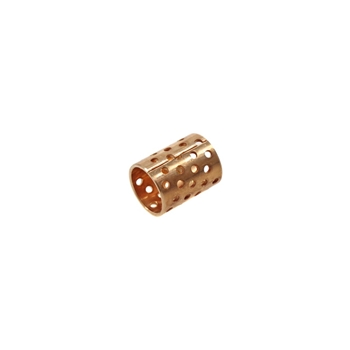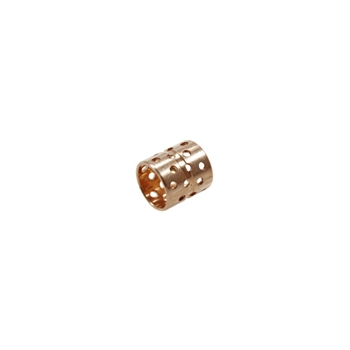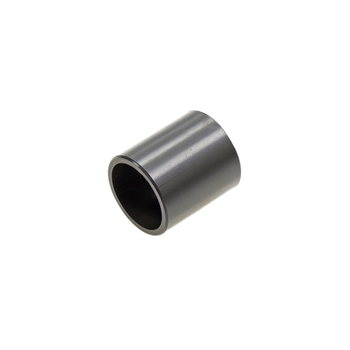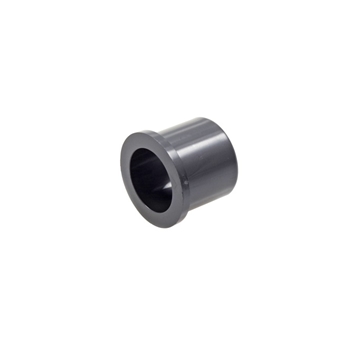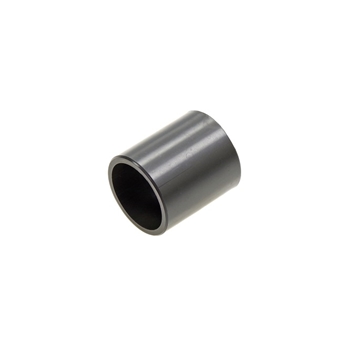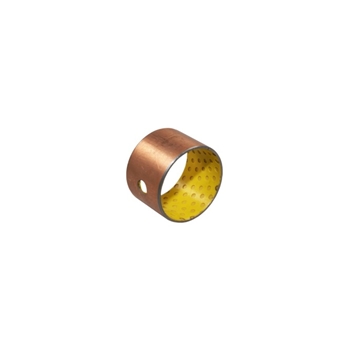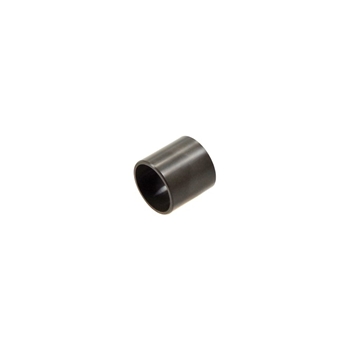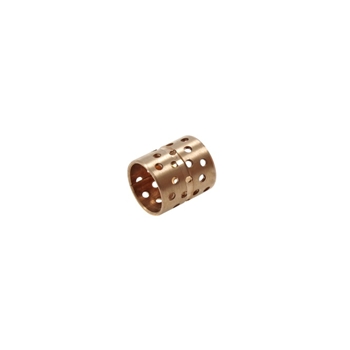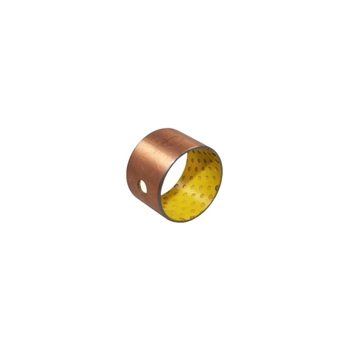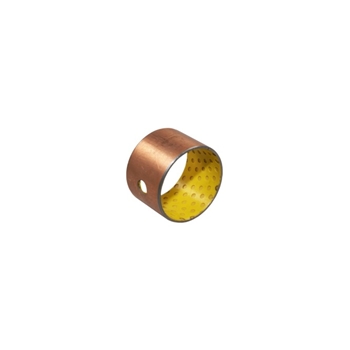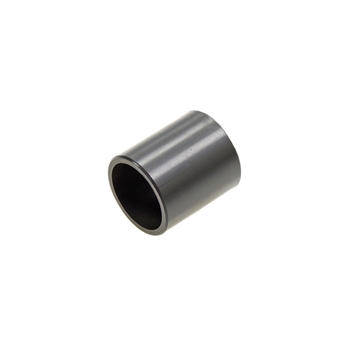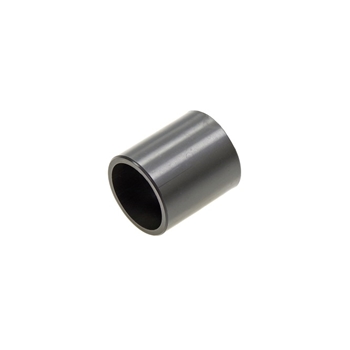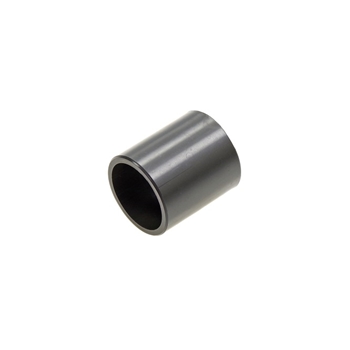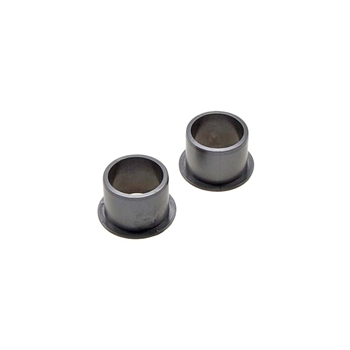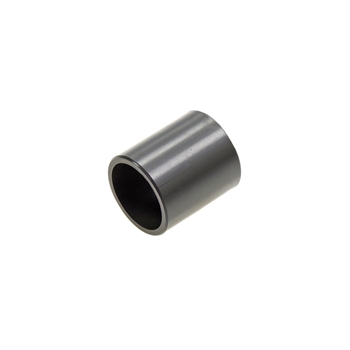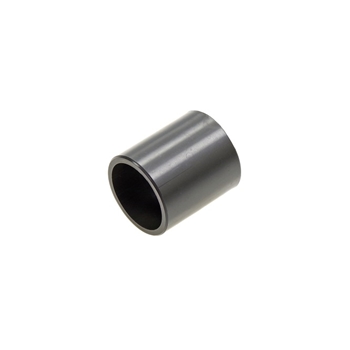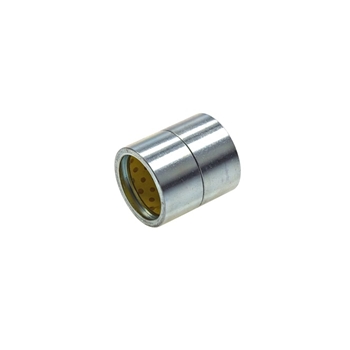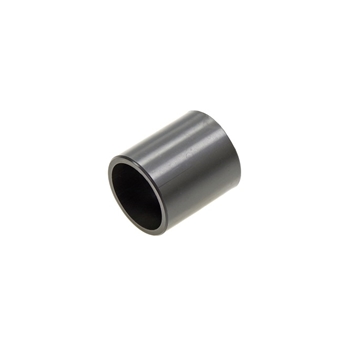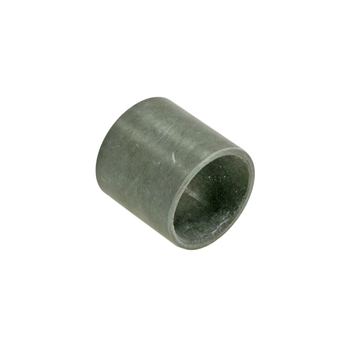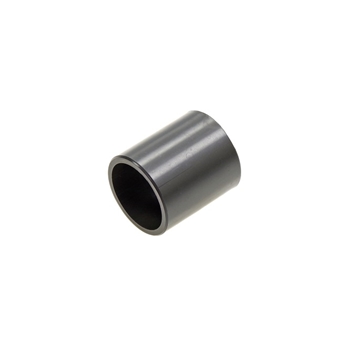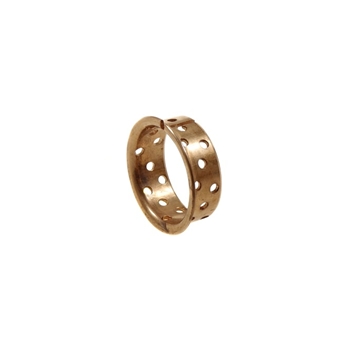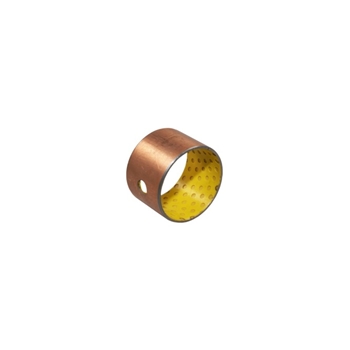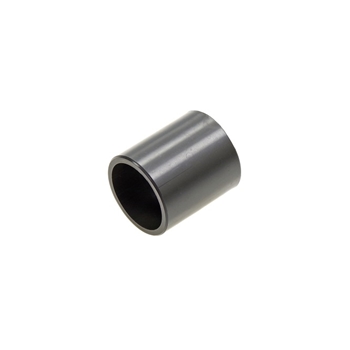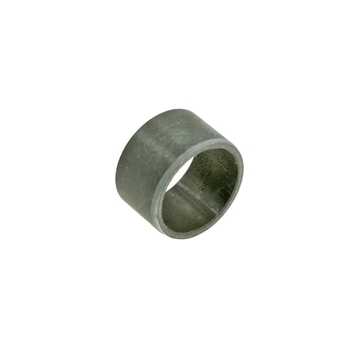Bearing bushes for tail gates – Durable bearing points for precise and reliable motion
In the joint connections of a tail gate, bearing bushes fulfil a key structural function. They act as wear-resistant bearing points for bolts and moving assemblies and stabilise force transfer throughout the mechanical structure. In this category, you will find bearing bushes designed for the requirements of modern lifting arms, pivot mechanisms and cylinder mounting points on lift gates. SULEJ Ladebordwand uses certified components that support precise guidance and long-term stability of the bearing points.
Function and design – Bearing bushes as controlled guidance elements
Bearing bushes belong to the core mechanical elements of a tail gate. They guide the pins that connect lift arms, brackets and cylinder mounts. Their material characteristics reduce friction, distribute forces across larger surfaces and protect the mounting points from structural wear. At the joint positions of a tail lift, dynamic loads act on the bearing seats depending on lift position, load and movement direction. Bearing bushes hold these forces within the defined bearing area and provide stable motion control. Without suitable bushes, pins would run directly in the surrounding structure of the tail gate, which can lead to abrasion, noise and damaged bearing points.
Materials and variants – Technical solutions for pin and joint interfaces
Different bush materials are available for the various bearing points of a tail lift system. These include traditional bearing bushes as well as sliding bushings for dynamically loaded joints.
- Steel bushes: Hardened steel bushes provide high pressure and wear resistance. They are used at heavily loaded joints such as the main bearings of lift arms. Reliable lubrication is required to minimise friction and surface wear.
- Bronze and sintered metal bushes: These materials offer stable sliding properties and are suitable for bearing points exposed to dynamic loads. Sintered bushes can absorb lubricant in their porous structure and gradually release it to the contact surfaces during operation.
- Composite bushes made of polymer or fibre-reinforced materials: These variants are corrosion-resistant, lightweight and often low-maintenance. They reduce lubrication requirements and are suitable for medium-load or difficult-to-access bearing points.
A suitable bush ensures that every mechanical connection between pin and bearing point transfers forces correctly without undesired deformation. The selection depends on load patterns, movement frequency, installation situation and environmental conditions at the respective bearing interface.

